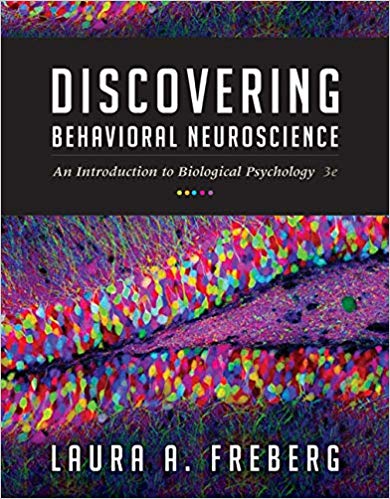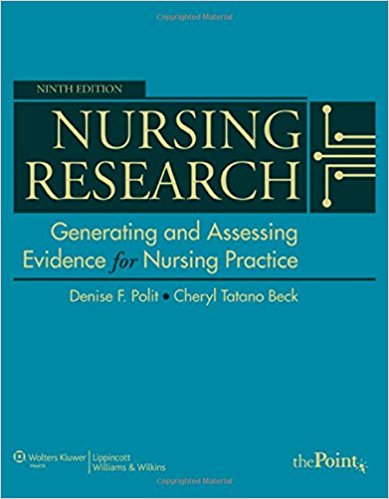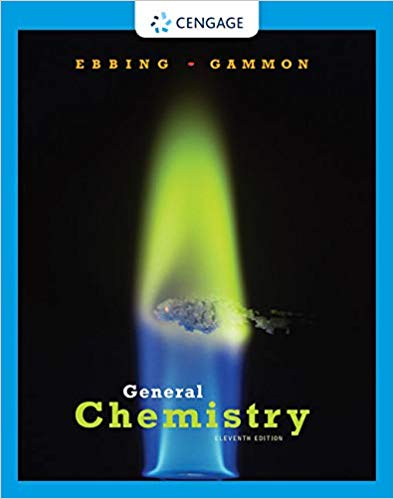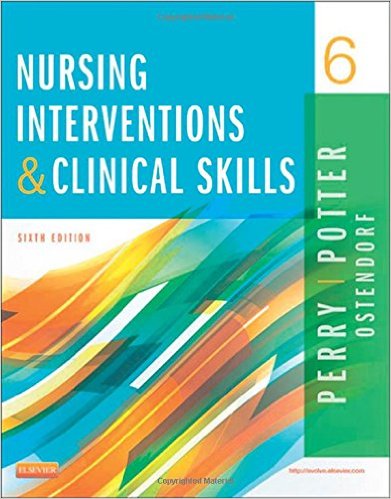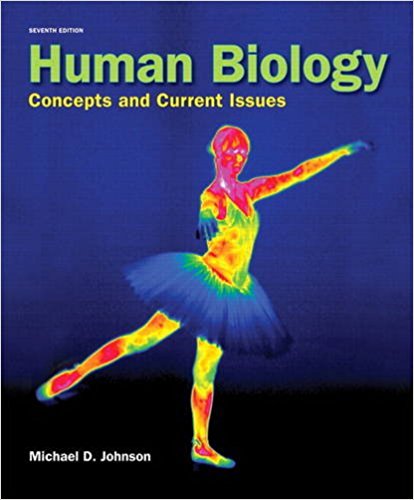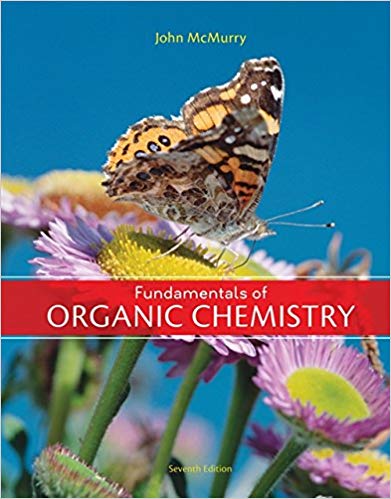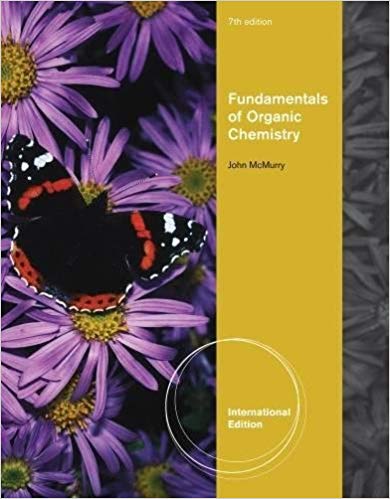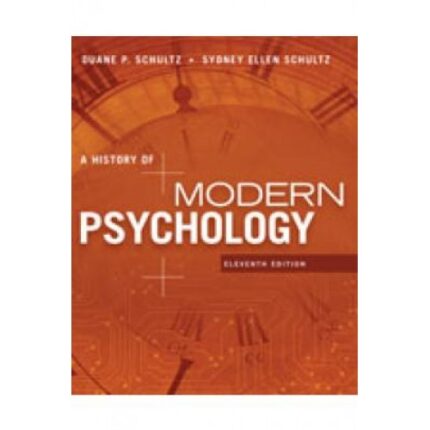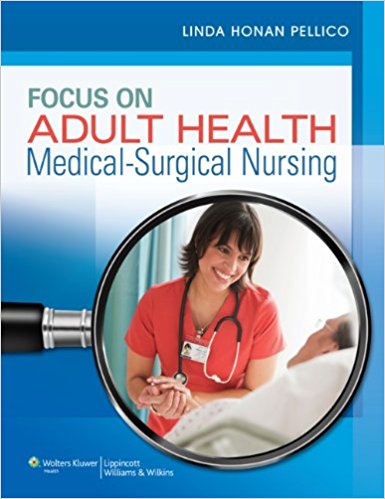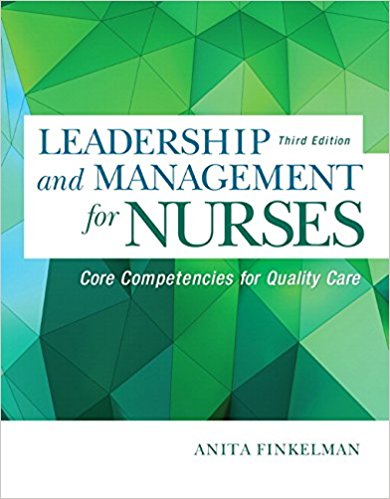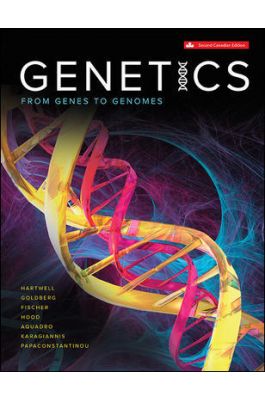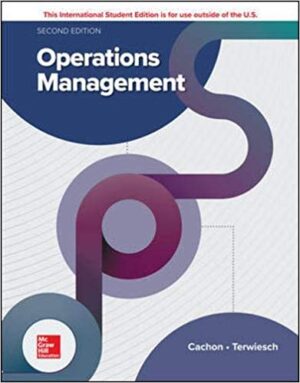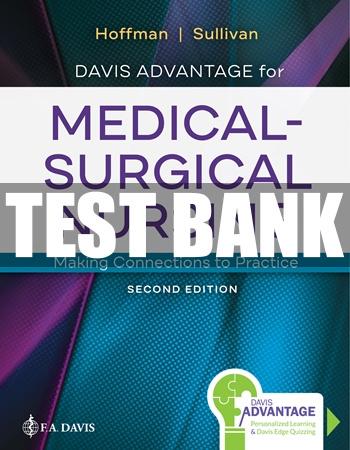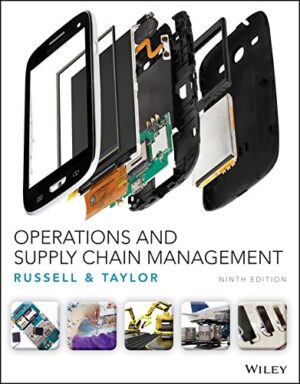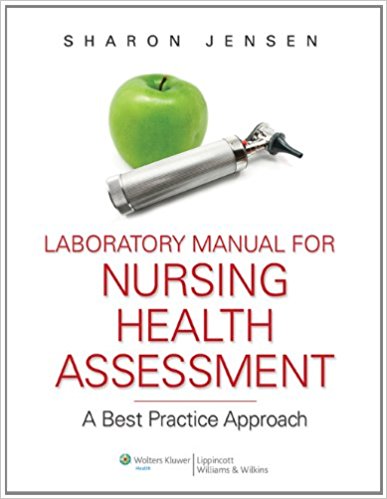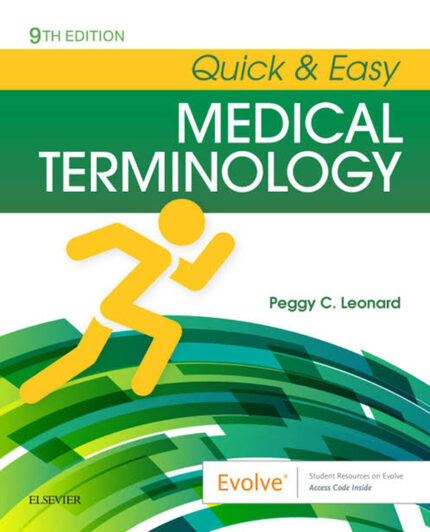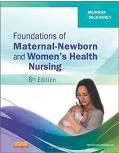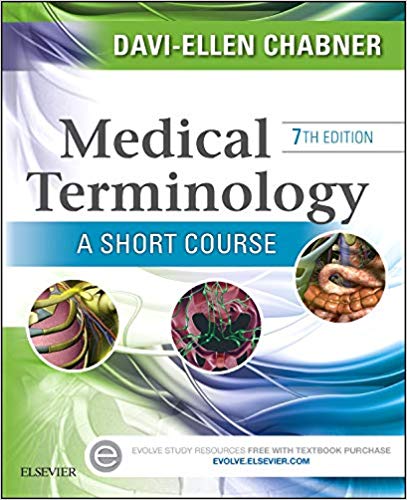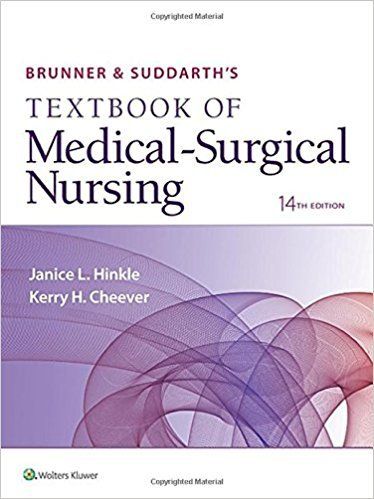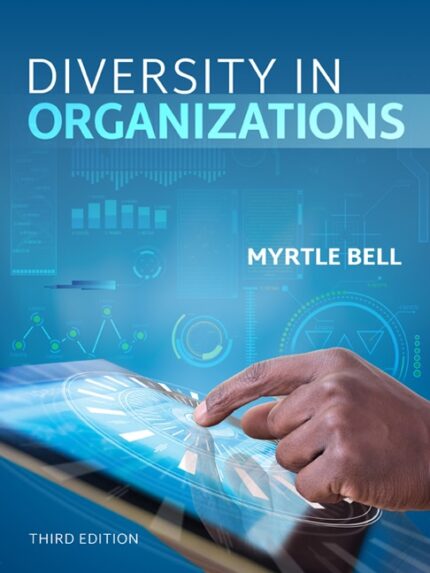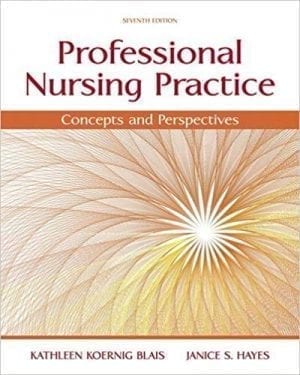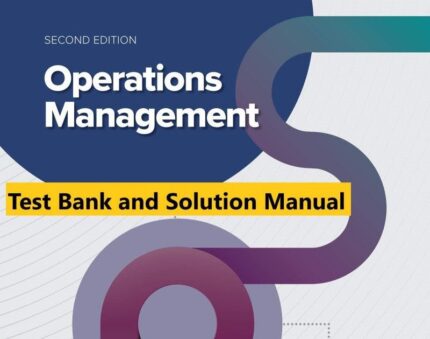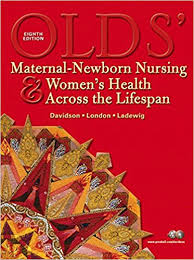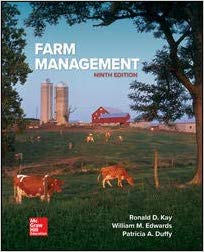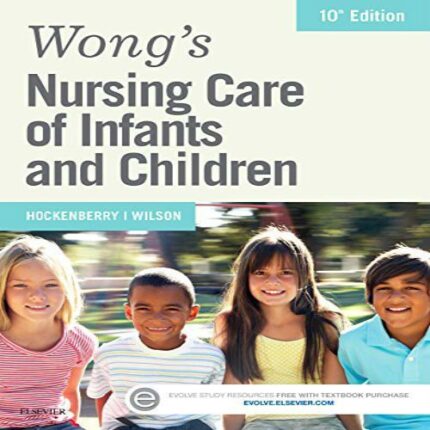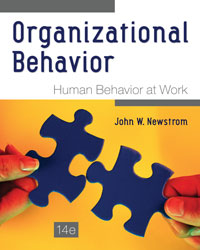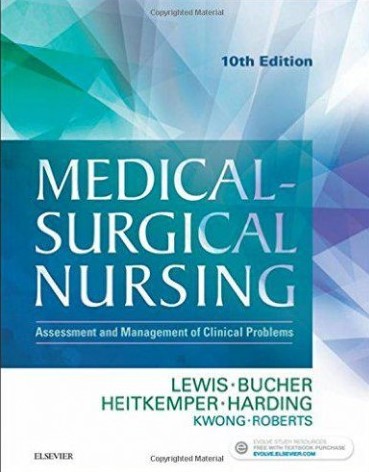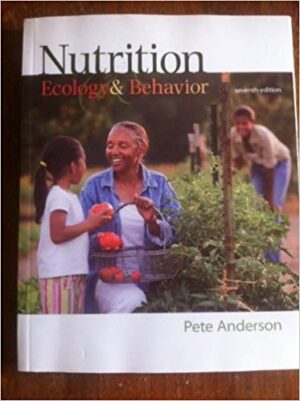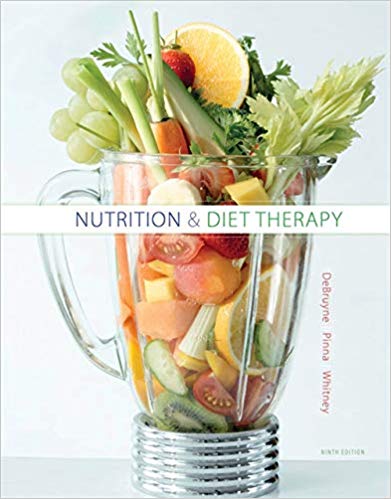In Stock
Nutrition and Diet Therapy 9th Edition by Linda Kelley DeBruyne – Test Bank
Edition: 9th Edition
Format: Downloadable ZIP Fille
Resource Type: Test bank
Duration: Unlimited downloads
Delivery: Instant Download
$20.00
Nutrition and Diet Therapy 9th Edition by Linda Kelley DeBruyne – Test Bank
Chapter 4
|
1. The DRI committee that reviewed the safety of amino acid supplements was unable to set Tolerable Upper Intake Levels for safe supplement use. a. True b. False ANSWER: True DIFFICULTY: Bloom’s: Understand REFERENCES: 4.4 Protein and Health LEARNING OBJECTIVES: NUTR.DEBR.16.04.4.4 – Describe the health effects of protein deficiency and excess, some of the people who may be harmed by taking amino acid supplements, and the assumptions underlying the protein RDA. |
|
2. Vegans must carefully combine their plant protein foods in order to obtain the full array of essential amino acids. a. True b. False ANSWER: False DIFFICULTY: Bloom’s: Understand REFERENCES: 4.5 Protein in Foods LEARNING OBJECTIVES: NUTR.DEBR.16.04.4.5 – Explain the differences between high-quality and low-quality proteins, including notable food sources of each. |
|
3. Research supports the idea that a vegetarian diet may be healthier than a diet that includes meat. a. True b. False ANSWER: True DIFFICULTY: Bloom’s: Understand REFERENCES: 4.6 Nutrition in Practice: Vegetarian Diets LEARNING OBJECTIVES: NUTR.DEBR.16.04.4.6 – Develop a well-balanced vegetarian eating pattern. |
|
4. Proteins may contain up to ten different amino acids. a. True b. False ANSWER: False DIFFICULTY: Bloom’s: Remember REFERENCES: 4.1 The Chemist’s View of Proteins LEARNING OBJECTIVES: NUTR.DEBR.16.04.4.1 – Describe the chemical structure of proteins and the difference between nonessential and essential amino acids. |
|
5. The dramatically different shapes of proteins enable them to perform different tasks in the body. a. True b. False ANSWER: True DIFFICULTY: Bloom’s: Remember REFERENCES: 4.1 The Chemist’s View of Proteins LEARNING OBJECTIVES: NUTR.DEBR.16.04.4.1 – Describe the chemical structure of proteins and the difference between nonessential and essential amino acids. |
|
6. Under special circumstances, a nonessential amino acid can become essential. a. True b. False ANSWER: True DIFFICULTY: Bloom’s: Remember REFERENCES: 4.1 The Chemist’s View of Proteins LEARNING OBJECTIVES: NUTR.DEBR.16.04.4.1 – Describe the chemical structure of proteins and the difference between nonessential and essential amino acids. |
|
7. When proteins break down, their component amino acids are locked up within the cells and excreted by the body. a. True b. False ANSWER: False DIFFICULTY: Bloom’s: Understand REFERENCES: 4.2 Protein Turnover and Nitrogen Balance LEARNING OBJECTIVES: NUTR.DEBR.16.04.4.2 – Explain the process of protein turnover and describe nitrogen balance. |


